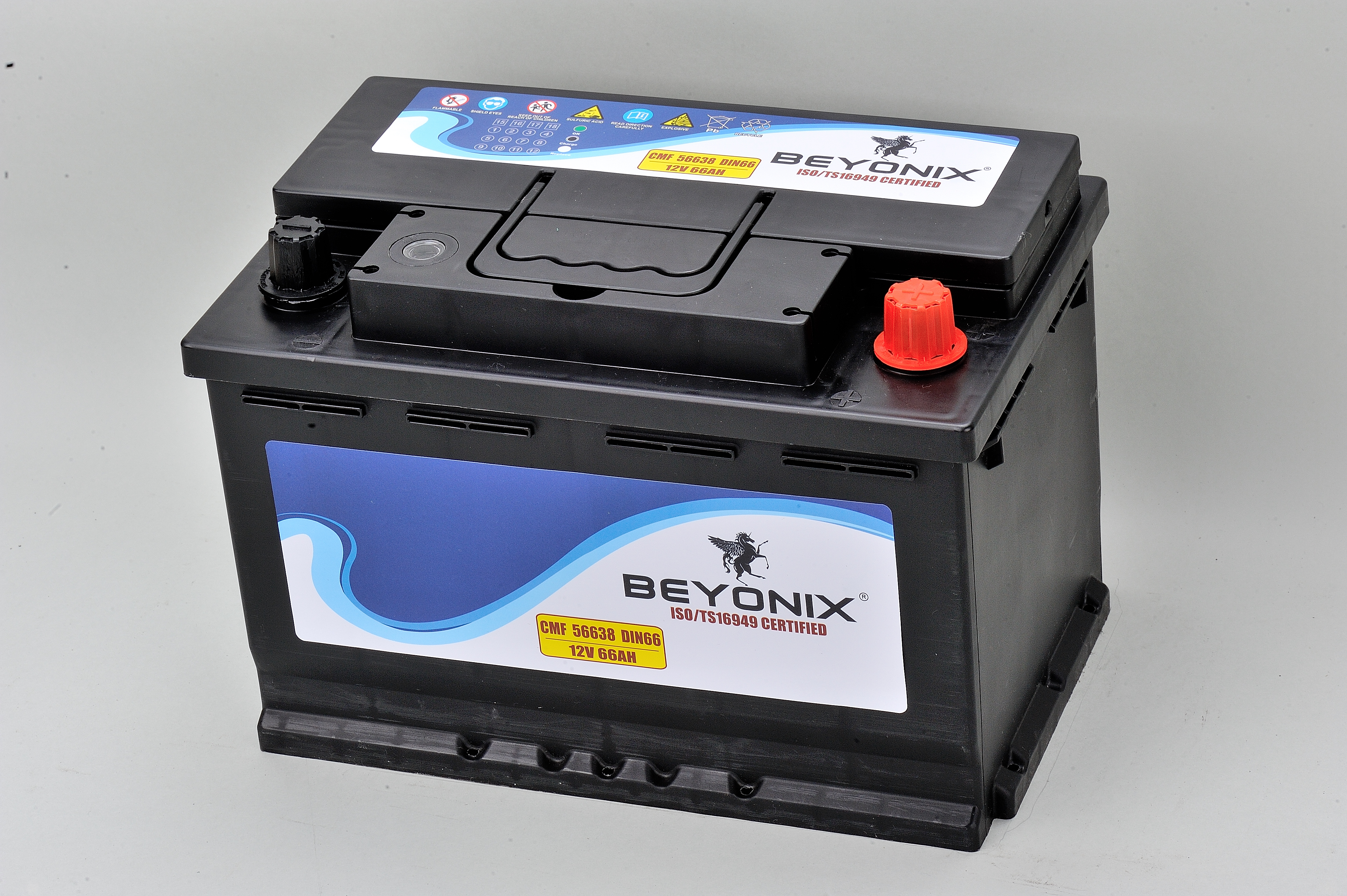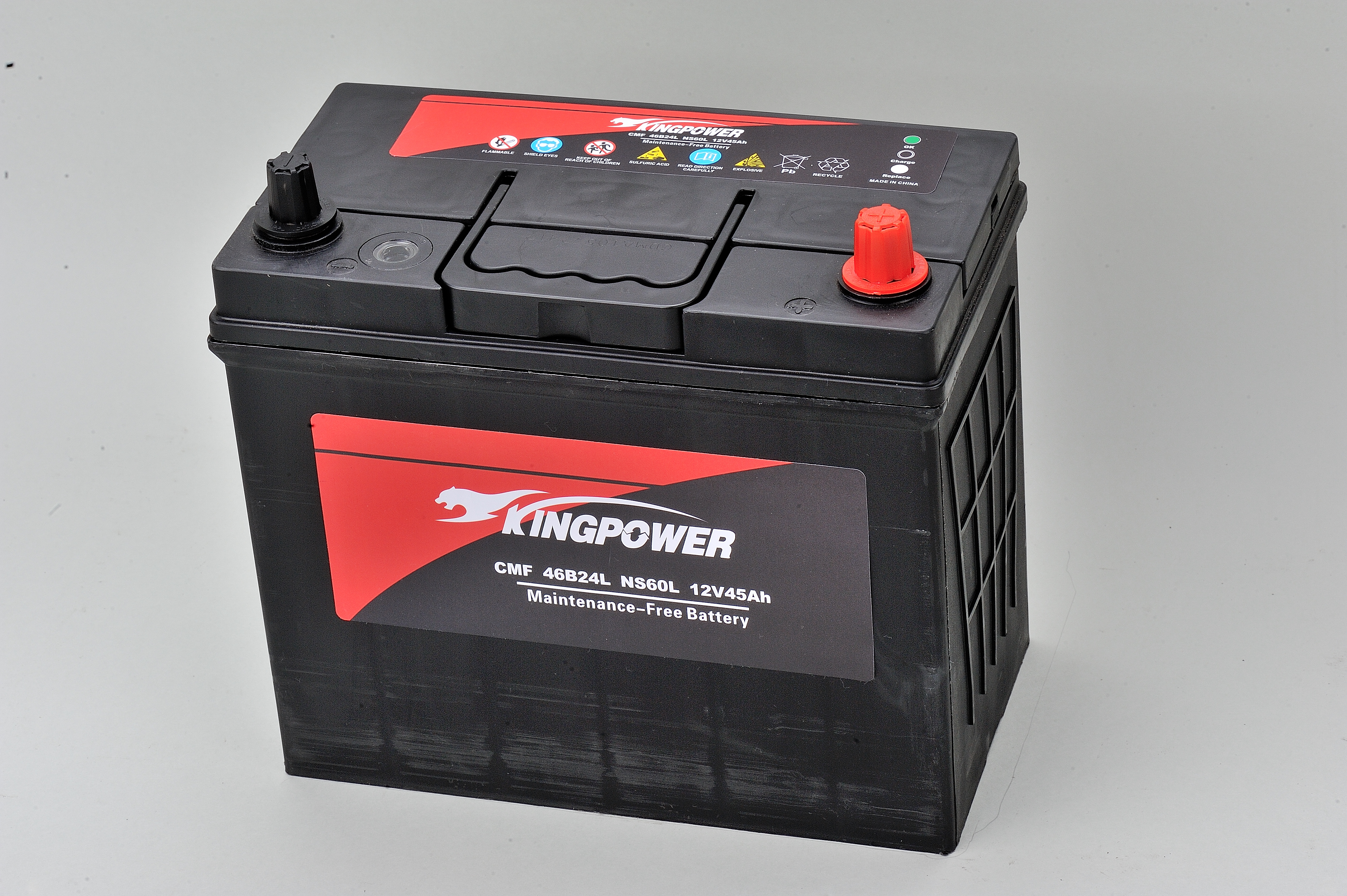How Long Does A Lead Acid Battery Last
Views: 0 Author: Site Editor Publish Time: 2025-06-20 Origin: Site
For automotive manufacturers, equipment engineers, and technical procurement managers, the lifespan of a lead acid battery is a pivotal performance metric that directly influences operational costs, maintenance planning, and customer satisfaction. Imagine a fleet of delivery vans grounded by unexpected battery failures or an industrial facility facing production halts due to depleted backup batteries. Such scenarios not only result in costly downtime but can also damage brand reputation and erode consumer trust. Therefore, accurately estimating battery life—and understanding how to extend it—enables businesses to optimize total cost of ownership, minimize unplanned service events, and maintain smooth operations across applications.
Typical Lifespan Ranges — Starting vs. Deep Cycle Batteries
Lead acid batteries are categorized primarily by their duty cycle and intended use. Each type follows different design principles that affect service life:
Starting (SLI) Batteries: Designed for quick, high-current discharges to crank internal combustion engines. Common in passenger vehicles, commercial fleets, and generator sets, these batteries typically last 3 to 5 years when operated within manufacturer specifications.
Deep Cycle Batteries: Engineered for sustained, moderate current output over extended periods. Used in renewable energy systems, electric vehicles, marine applications, and uninterruptible power supplies (UPS), deep cycle batteries can deliver reliable service for 4 to 8 years, provided they are charged and discharged within recommended limits.
Dual-Purpose Batteries: Combining starting and deep cycle features, these versatile models often achieve lifespans of 3 to 6 years, balancing burst power and moderate cycling capabilities.
These ranges serve as general guidelines; actual performance depends on environmental and operational factors, which we’ll explore next.
Key Factors That Influence Lifespan
Several interconnected variables play a decisive role in determining how long a lead acid battery will maintain acceptable capacity and reliability:
Temperature
Optimal Range: 20°C to 25°C (68°F to 77°F) provides the best balance between chemical efficiency and longevity.
High Heat Impact: For every 10°C (18°F) increase above the optimal range, battery life can halve due to accelerated corrosion and electrolyte evaporation. Continuous operation at 35°C (95°F) can reduce service life by up to 50%.
Low Temperature Impact: Below 0°C (32°F), battery capacity drops temporarily due to slower chemical reactions, leading to harder starts for automotive batteries. While cold alone doesn’t degrade lifespan, freezing of electrolyte can cause permanent plate damage if fully discharged.
Charging/Discharging Patterns
Overcharging: Excessive voltage causes water electrolysis, generating gas and raising internal temperature. This leads to grid corrosion and active material shedding, reducing both capacity and cycle life.
Undercharging: Incomplete charging cycles allow lead sulfate crystals to accumulate (sulfation), which harden and become difficult to convert back into active material, permanently reducing capacity.
Depth of Discharge (DoD): Deep cycle batteries are rated for repeated discharges up to 80%, but limiting DoD to around 50% can significantly extend cycle life—often by more than 30%.
Charge Rate: Charging at too high a current can generate excessive heat, while too low a charge rate may fail to fully recharge active materials, contributing to sulfation.
Maintenance and Storage Conditions
Flooded Batteries: Require periodic electrolyte top-ups to compensate for water loss during gassing. Neglecting this maintenance step exposes plates to air, accelerating sulfation and corrosion.
Sealed AGM/GEL Batteries: Though marketed as maintenance-free, they benefit from regular voltage checks and terminal cleaning to prevent voltage drop due to corrosion.
Storage Protocols: Batteries stored at full charge in cool, dry environments and subjected to periodic float charging maintain capacity far better than batteries stored in discharged states. Self-discharge rates of 3–5% per month can lead to sulfation if left unchecked for more than 3–4 months without charging.
How to Extend Lead Acid Battery Life
Implementing proactive measures can dramatically extend battery life and reliability:
Select the Correct Battery Type: Match the battery chemistry and construction (starting vs. deep cycle vs. dual-purpose) precisely to your application’s power profile.
Optimize Charging Regimen: Employ smart, multi-stage chargers that regulate bulk, absorption, and float phases, and include temperature compensation.
Implement Thermal Management: Install batteries in ventilated compartments or use passive/active cooling to keep temperatures within the 20–25°C range.
Regular Maintenance Routine: Check fluid levels, top up distilled water, clean terminals with anti-corrosive agents, and torque connections to manufacturer specs.
Monitor Depth of Discharge: Where possible, design systems to use only 30–50% of rated capacity per cycle, reserving reserve capacity for critical surges or emergencies.
Periodic Testing: Perform conductance or impedance tests every 6 months to detect early sulfation or internal resistance increases, allowing corrective action before failure.

JUJIANG's Longevity-Focused Designs
At JUJIANG POWER TECHNOLOGY, our R&D and engineering teams have refined lead acid battery designs to maximize lifespan and dependability:
Reinforced Plate Alloys: Proprietary lead-calcium-tin alloys reduce grid corrosion and enhance cycle durability by up to 25% compared to standard grids.
High-Purity Electrolyte: Precision-blended sulfuric acid minimizes impurities that can accelerate gassing and internal shorts.
Advanced Microporous Separators: Uniform pore structure ensures optimal acid distribution, preventing dry spots and plate bridging.
Optimized Plate Geometry: Thicker negative plates in deep cycle variants resist active material shedding over repeated cycling.
Automated Quality Control: Inline scanning and electrical testing at over 50 points in production guarantee consistent capacity and performance across batches.
Certifications: All products meet or exceed ISO 9001, CE, UL, and IEC standards, providing OEMs with assurance of compliance and reliability.
Beyond design, JUJIANG offers tailored maintenance programs, including onsite training, technical troubleshooting, and data-driven lifecycle analysis to help clients fully capitalize on battery performance.
Real-World Case: 5+ Years of Reliable Use
Automotive Fleet Example: A logistics company in Southeast Asia, operating 200 delivery vans in high-humidity, high-temperature zones, faced average battery replacements every 2.5 years. After integrating JUJIANG starter batteries—optimized for high CCA and heat resilience—and adhering to a quarterly maintenance schedule, the fleet achieved an average battery lifespan of 5.2 years, reducing battery-related downtime by 60% and cutting replacement costs by 48%.
Healthcare Backup Power: A regional hospital with a critical care unit installed JUJIANG deep cycle batteries for their UPS system. Over 1,300 discharge cycles during generator tests and real power failures, the batteries retained 92% of original capacity after 4 years, ensuring uninterrupted power for life-support equipment.
Renewable Energy Storage: In a solar microgrid project in North America, JUJIANG deep cycle batteries were chosen for their low temperature performance and cycle endurance. After 2,000 shallow cycles (DoD ~30%) across two winter seasons, capacity retention remained above 85%, surpassing project requirements and earning high praise from system integrators.

Conclusion
Lead acid batteries are far from one-size-fits-all commodities. Their service life hinges on application alignment, environmental control, and maintenance rigor. By understanding the key factors—temperature, charge patterns, and storage—you can extend battery life well beyond baseline expectations.
Partnering with a manufacturer like JUJIANG POWER TECHNOLOGY, which invests in material science, state-of-the-art production, and customer support, ensures that your battery solutions deliver maximum value over time. Whether you require dependable starting power for fleets, robust backup capacity for critical systems, or sustainable energy storage for renewable projects, JUJIANG's longevity-focused offerings provide the reliability and peace of mind your operation demands.
Empower your operations with batteries designed to last—reach out toJUJIANG at www.jejebattery.com and discover how smarter design and proactive maintenance can extend your battery lifespan to its fullest potential.



